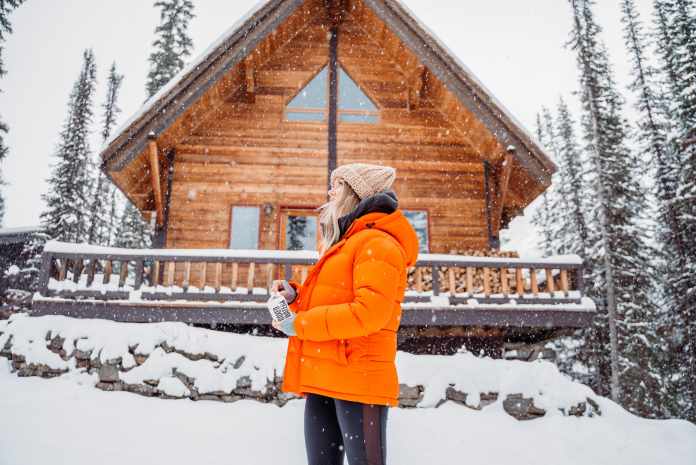When winter comes, it is essential for your customers’ HVAC systems to be running in full force. After all, winter is a time when all the potential problems your customers’ HVAC system might have come to the forefront to rear their ugly heads. What’s more, all the potential problems become even more obvious because of the increasingly low temperatures and the rising need for heating to make their homes more comfortable.
During winter, there are some usual problems that can occur and that are quick and easy to fix, as well as some more serious issues that require more work to repair adequately, or that can even lead your customers to replace their entire HVAC systems. Let’s take a look at the most common HVAC problems that can occur during winter, even with high quality hvac equipment.
Table of Contents
1. Frozen coils and pipes
When temperatures are low, ice can accumulate on objects like coils and pipes, causing them to freeze and lose their optimal operating capacity. Depending on how low the temperatures are, pipes can burst due to massive pressure build-up, causing severe problems for your customers.
2. Uneven temperature and air flow
One of the most common issues your customers could face during winter is uneven air flow and temperature distribution around their home. Sometimes, this is due to a problem with the HVAC unit. Also, the vents could be filled with debris and blockers. However, this is not always the cause, as cold patches can be caused by holes or cracks around doorways and windowsills.
3. Malfunctioning heat pump
Some of your customers have an exterior heat pump. Icy winds and chilly snowfalls can inflict damage on these outdoor units, causing them to operate at a limited capacity. Also, the poor performance of a heat pump could be because of a coil blockage or broken fan motors. However, the most common underlying issue behind a malfunctioning heat pump during winter is failure to defrost.
4. Dirty heater filters
FIlters can easily become clogged with dirt, dust, and other kinds of debris if they are experiencing severe overuse on your customers’ part. This leads to a decrease in air flow and reduced warmth around your customers’ households. Sometimes, you can simply clean the filter, while, at other times, it requires replacement.
5. Broken pilot light
Some heaters will only ignite to their full potential once the pilot light is on. This blue flame will usually stay lit all the time to provide easier heat access. However, if it’s not burning at all, or if it’s not burning as brightly as it should be, your customers will start experiencing uncomfortable and cold temperatures in their homes.
6. Broken thermostat
One of the frequent problems with HVAC systems is a broken thermostat. A malfunctioning thermostat will cause the entire heating and cooling system to operate at a limited capacity, causing decreased air flow, lower energy efficiency, and insufficient control over indoor air temperature.
7. Carbon monoxide leak
Finally, the most serious health hazard that can occur during winter is a carbon monoxide leak. This problem most frequently occurs due to cracks in the heat exchanger. This is a big problem and you should advise your customers to have it addressed immediately.







![Unblocked Games 66 at School [January 2020 – Updated] unblocked games 66 at school](https://www.virteract.com/wp-content/uploads/2017/03/unblocked-games-66-at-school-100x70.jpg)

